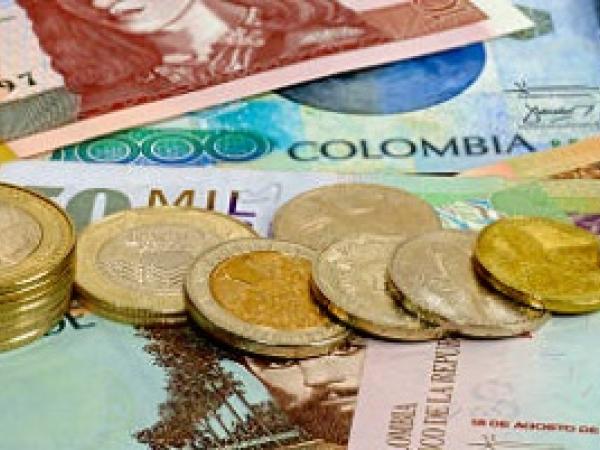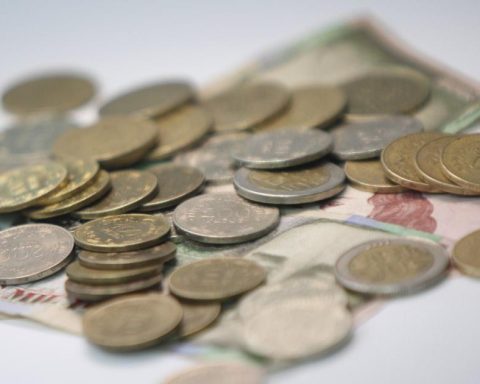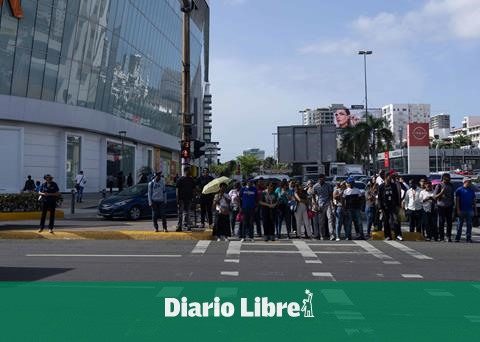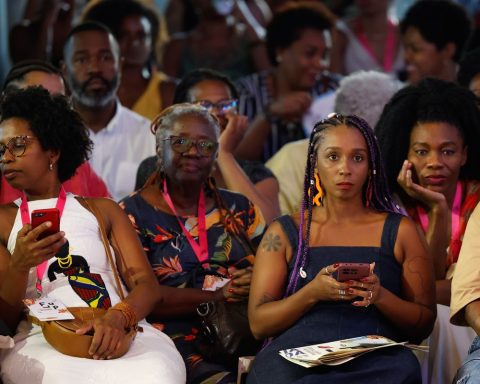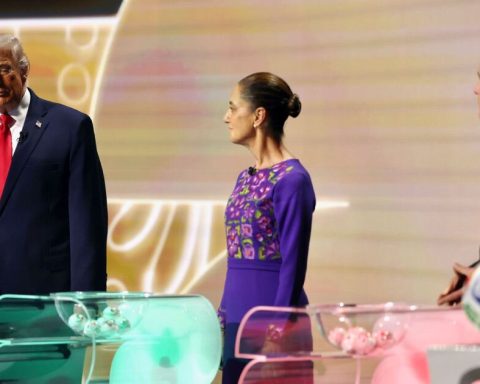across the border, the Colombian peso has found an important place of refuge among the Venezuelans who want to protect their purchasing power from continued economic uncertainty.
Parallel to use of the dollar, which has been falling slightly, the Colombian peso stands as the second most used currency in Venezuela and the third, if the bolivar, the national currency, is included in the list.
(See: Up 3.7% use of bolivars in commercial transactions in Venezuela).
According to the most recent study by the consultancy Ecoanalytics, dated in March, the Colombian peso represented 8.5% of the transactions carried out in Venezuela.
The weight is behind dollar (45%) and the bolivar (42%) and ahead of the euro (3.5%).
Jesús Palacios Chacín, senior economist at Ecoanalítica, points out that for this edition of the report there is an “increase of close to 5%” in the use of the Colombian peso compared to the average between 2020 and 2021.
By geographical location, the border states with Colombia (west) are the ones that lead the use of the national currency, maintains the economist Luis Oliveros, a thesis that reaffirms the study.
(See: Venezuela promises US$2,200 bonus for retired public employees).
“The use of peso is particularly strong in Táchira (state), in Mérida and also a little in Zulia state. Here the use of currency is concentratedPalacios Chacin said.
According to Fedecamaras Táchira, around 94% of the transactions made in the state are made in Colombian pesos, a percentage that has been growing from the 90% registered towards the end of last year.
A survey of the fourth quarter of 2021 of this union branch maintains that 57.1% of the companies in Tachiren reported handling the Colombian peso for their operations. Also, 71.4% of the companies said they benefit from bilateral trade.
(See: Reopening with Venezuela, until new government).
According to Fedecamaras Táchira, the use of the Colombian peso is concentrated in trade and industry, where it is used to purchase raw materials and for exports.
On the other hand, the Maracaibo Chamber of Commerce maintains that the Colombian currency “does not have a strong presence” in the capital of Zulia, where there is a record of its use for the payment of vehicles that go to the border or for the payment of bus tickets.
Of course, they maintain that in municipalities much closer to the border “the bolivar has been displaced” for the Colombian peso, which It is also used to pay payroll on farms.
TRANSACTIONAL DOLLARIZATION CEDE IN VENEZUELA
According to the Ecoanalítica study, 58.2% of the payments made in March in Venezuela were made in foreign currency. First time that the data falls from 60%.
The reduction coincides with the execution of the new IGTF tax that levies 3% on foreign currency operations outside the local monetary system.
On his side, the Venezuelan Finance Observatory it also recognized an increase in the bolívar for transactions by 3.7%.
Digital transactions with local currency grew 21% since the new IGTF, said the banking authority.
ROBERTO CASAS LUGO
Journalist Portfolio
